Basics of Anatomy: Shoulder Joint Complex
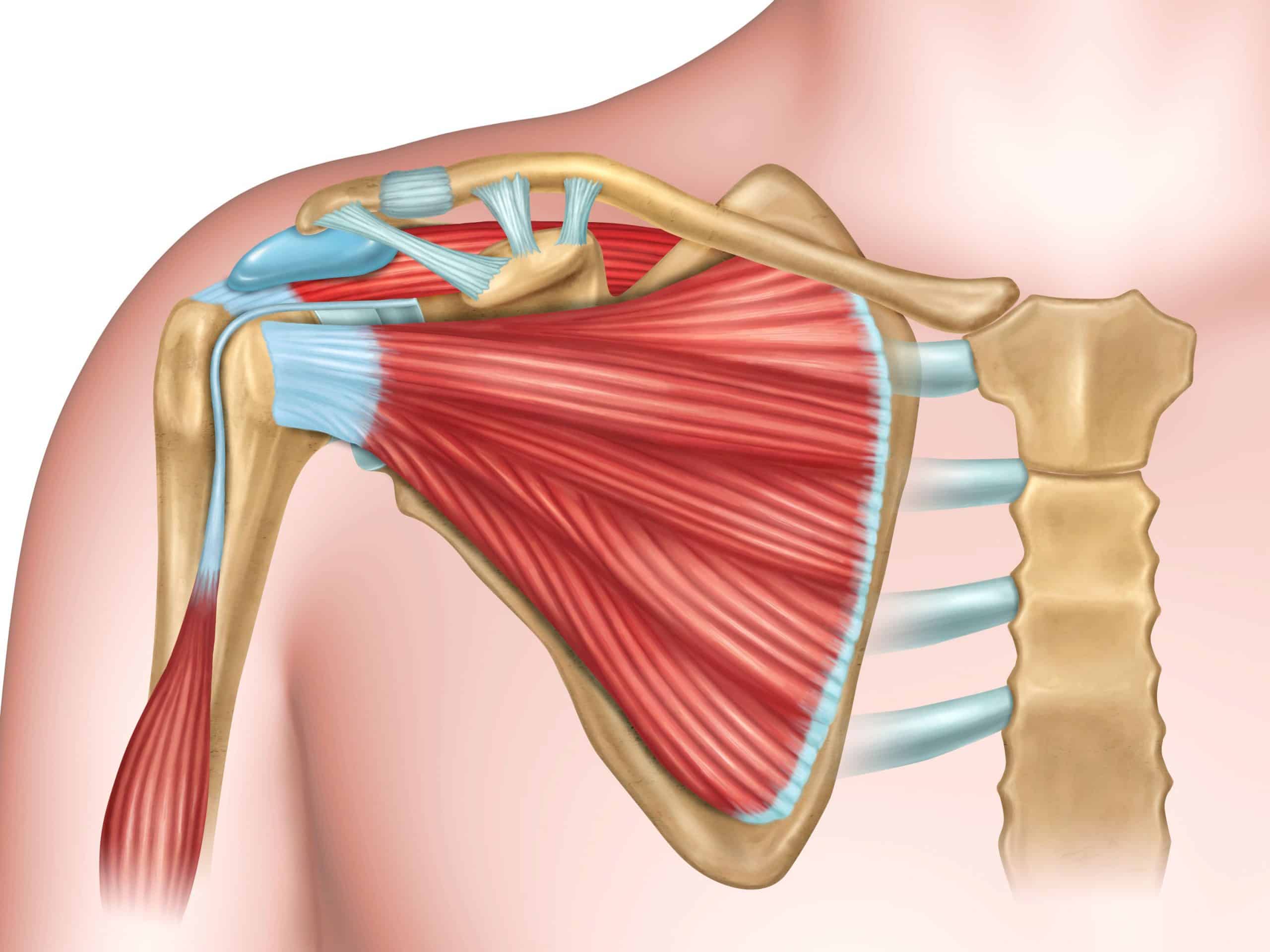
Moving from the core to the peripheries, our next set of blogs will discuss the major joint complexes of our body which connect our limbs to our torso.
Our arms are the limbs we use more than our lower limbs. We use them for activities like feeding ourselves, cleaning ourselves, picking up objects, cooking, etc. Any activity that requires us to function, requires our arms to move. And not only for function, our arms aid us in expressing ourselves through writing, painting, sketching, dance and even conveying our emotions through touch and gestures when we interact with others. And all these movements in our arms are possible because of the connection to the spine and the core from the shoulder joint complex. Are your shoulders tensing up just reading about the responsibilities? It does seem like a lot! But fret not. By understanding your shoulder joint more deeply, you will know how you can work on it’s strength.
Anatomy
The Shoulder Joint is made up of four joints and that’s why it is referred to as a joint complex:
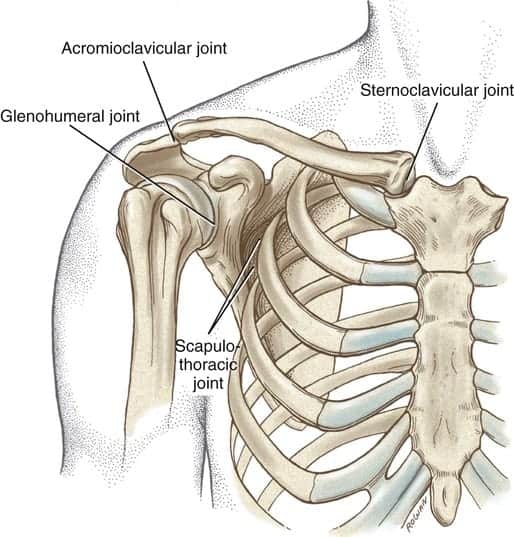
The major ball and socket joint synonymous with the shoulder is the Glenohumeral. This is the most mobile joint in the body and is prone to dislocation as the glenoid cavity of the scapula, in which the ball of the humerus bone sits is quite shallow. The bone is kept in place by ligaments and a thick cartilaginous rim called the glenoid labrum, which deepens the surface area of contact. The anatomy of this joint comprises stability for mobility thus allowing for a large range of motion of the shoulder.
The other joint in the shoulder is the Acromioclavicular Joint. This connects the topmost part of scapula to the clavicle or collar bone. This is a plane synovial joint which under normal physiological conditions allows only gliding movement. As it attaches the scapula to the thorax, it allows an additional range of motion to the scapula and assists in arm movement such as shoulder abduction and flexion. It also enables the transmission of forces from the upper arm to the rest of the body.
The clavicles also articulate with the sternum in the centre of the chest forming the Sternoclavicular joint. This is a saddle synovial joint and the only attachment of the upper limbs to the axial skeleton. It has a large degree of mobility which is aided by a cartilage disc between the clavicle and sternum.
Last, is the Scapulothoracic Joint which is actually a muscular joint. It is the connection of the scapula with the thorax and depends on the integrity of the Acromioclavicular and Sternoclavicular Joints. It provides a stable base for the glenohumeral joint movements.
Functions
Most of the movements of the shoulder are from the glenohumeral Joint. It allows for abduction and adduction of the arm in the coronal plane, flexion and extension in the sagittal plane, internal and external rotation in the transverse plane, horizontal adduction and abduction, and rotation in the socket as a combination of multiple movements.
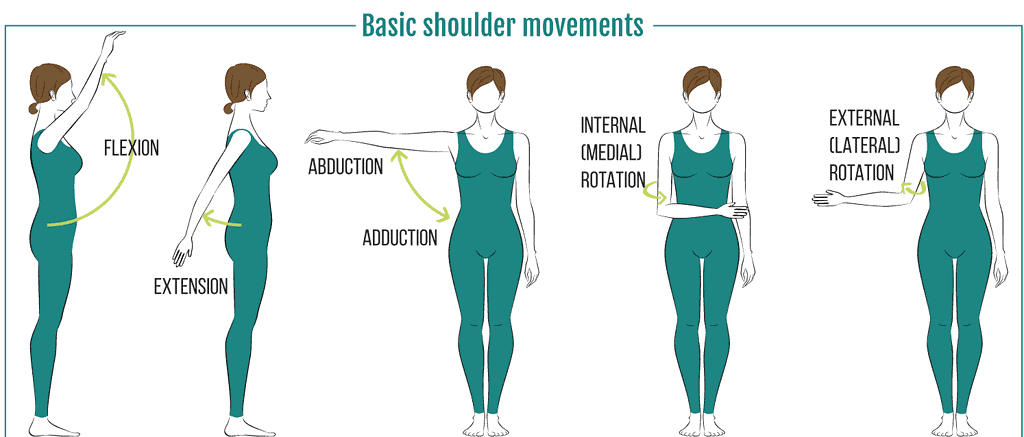
The Sternoclavicular Joint on the other hand aids in elevation and depression of the shoulders, or what we know as ‘shrugging’, in protraction and retraction, and in the anterior slide of the scapula.
The Scapulothoracic Joint aids in the movement of the scapula against the ribs viz. upward- downward rotation, abduction-adduction, medial-lateral rotation, and anterior-posterior tilt.
Optimum Joint Health
Since this is a highly mobile joint, it is important to work on shoulder scapular stability. A lot of factors determine the stability of the joint. From the bone structure, ligaments, glenoid labrum, and intra-articular pressure to the muscles, neuromuscular control, and proprioception.
The scapulae at the back of our upper torso are good indicators of shoulder joint health. A good scapula is upwardly and laterally rotated and posteriorly tilted. A downward rotated or winged scapula is a weak one. Because it makes the acromium tilt down, and the roof of the glenohumeral joint is also down, hitting the joint. This is one of the most common causes for shoulder injury.
Dysfunction
Shoulder problems can be broadly divided into hypermobility (movement beyond the normal range of motion) and hypomobility (stiffness or restricted motion).
Hypermobility is could be due to weakness in the stabilisers of the joint or other clinical conditions. The ball moves more than the normal range of motion in the socket but doesn’t get dislodged. Over time, it usually causes impingement in the joint, bursitis and tendonitis or tiny tears in the muscles around it, which can lead to pain during movements.
In this case, it is important to offload the overworked muscles. Beginning every movement from the core can help in taking the pressure off them. Thus, core strength and a neutral spine play an important role in shoulder scapular stability.
On the other hand, stiffness in the shoulder can have multiple causes too, arthritis and frozen shoulder being the most common. Overuse or underuse of the joint, both can be responsible for restricted movements. The body compensates for this by shrugging, flaring of the ribs, and arching of the lower back. These compensatory positions are to be avoided. Ultimately, it all comes down to working from the core.
Pilates for the Shoulder
Shoulder scapular stability is a step ahead from core stability. Once we have understood the core and can maintain a neutral spine through most of our activities, we can work on building the strength of the muscles that connect the core to the upper limbs.
What is required is a balance between mobility and stability training to maintain optimum joint health. Here are some exercises which will help with your shoulder-scapula stability and mobility.
Caution: Avoid if you have any injury or are suffering from pain. It is always better to get a Rehab professional check you before performing any exercise like this.
Dumb Waiter to Cleopatra with Theraband
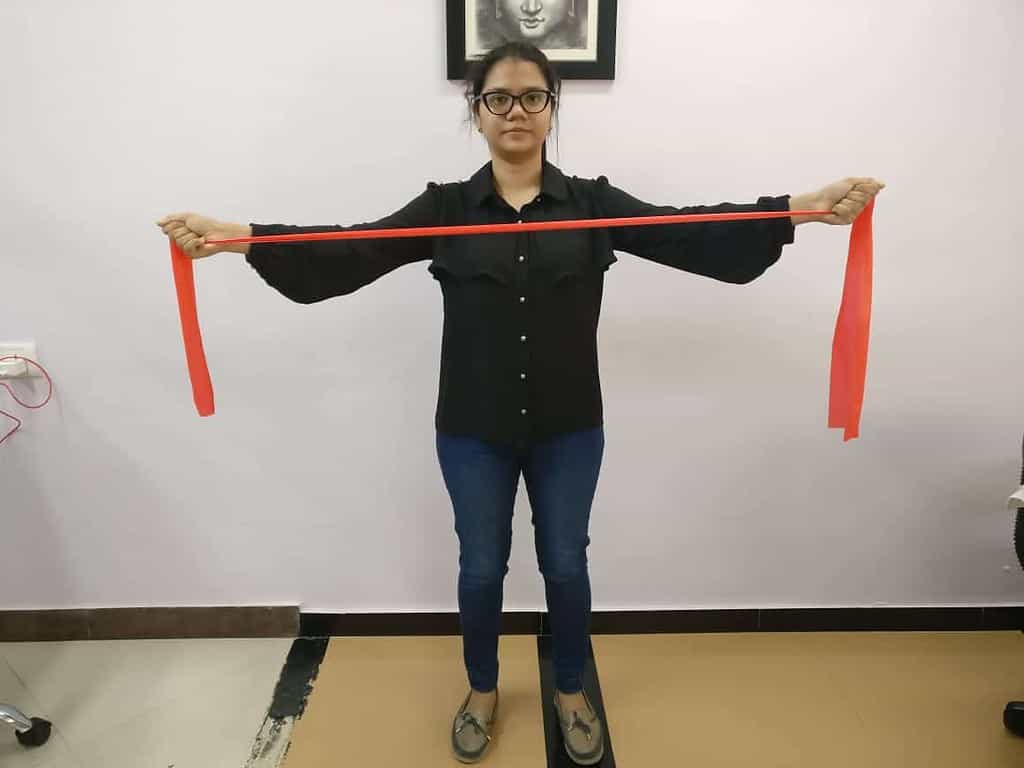
Wall push-up
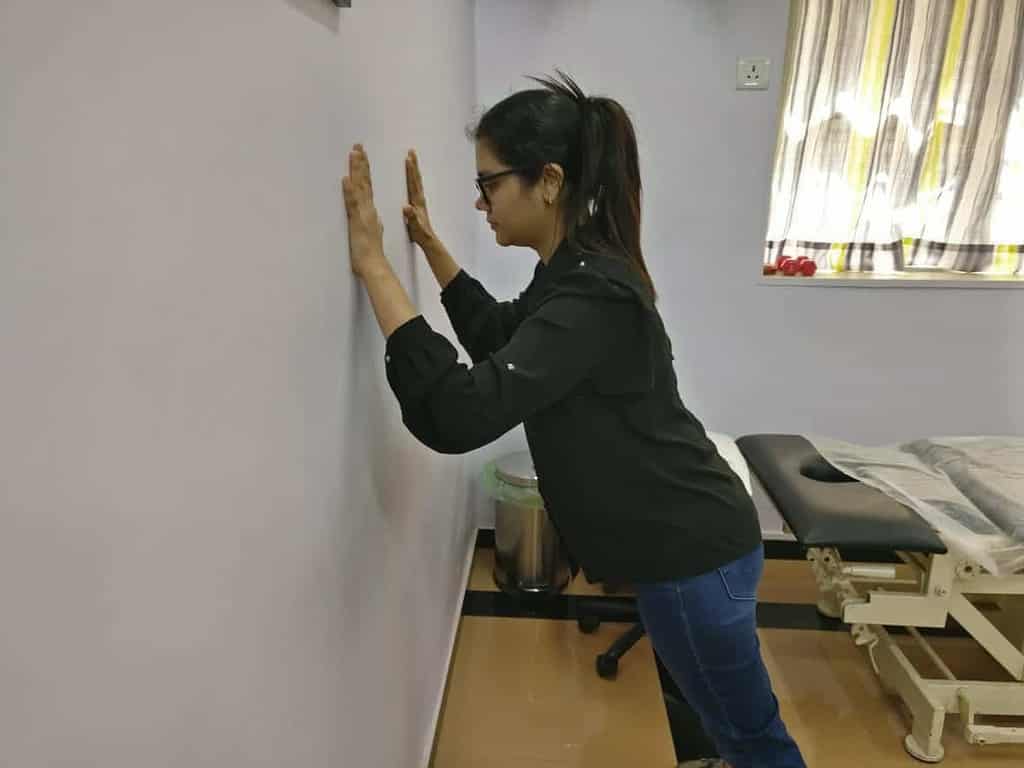
Swim level 4
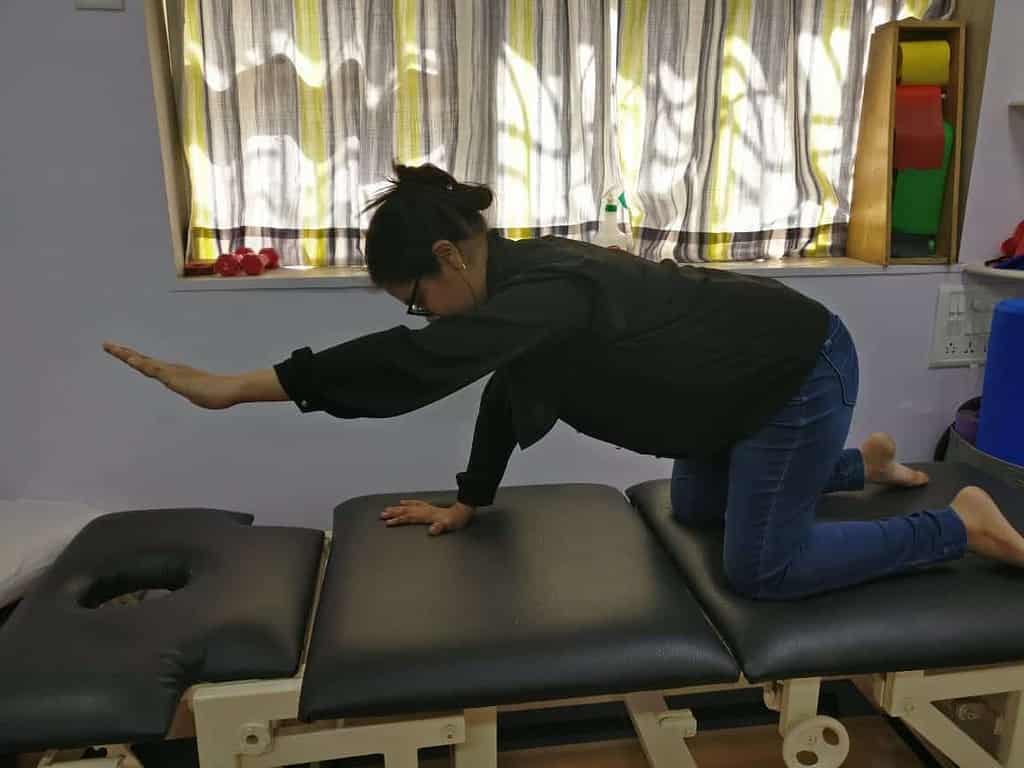
As cliché as it might sound, prevention is better than cure. Build your strength now, work on flexibility, mobility and stability to avoid injuries and pain. At Moushu’s Pilates, we design classes to suit every client’s personal goals and needs. Join us for a trial class at our studio.
And if you have any injury, aches and pains, contact us for a rehab session today!
In the next blog, we shall talk about the tail end of the torso that connects it to the lower limbs, the hip joint!
Till then check out this video:
This blog is written under the guidance of Dr. Persis Elavia
